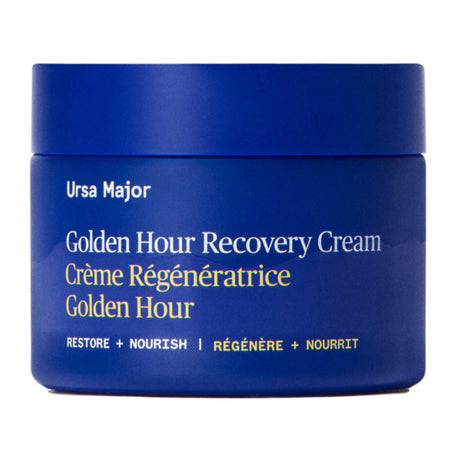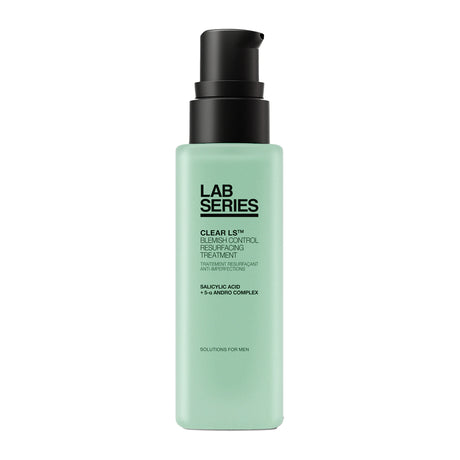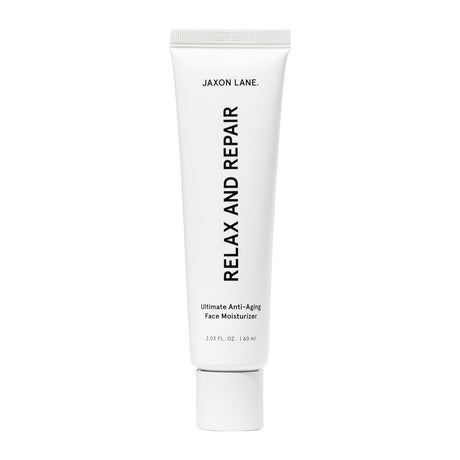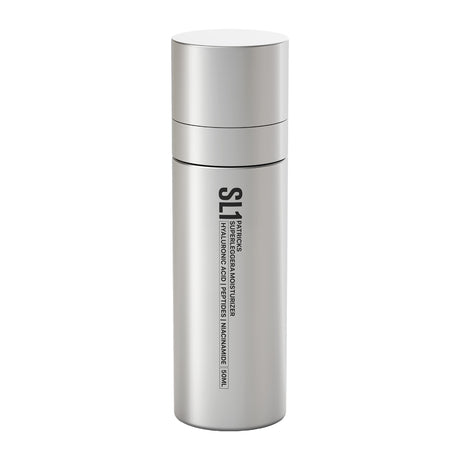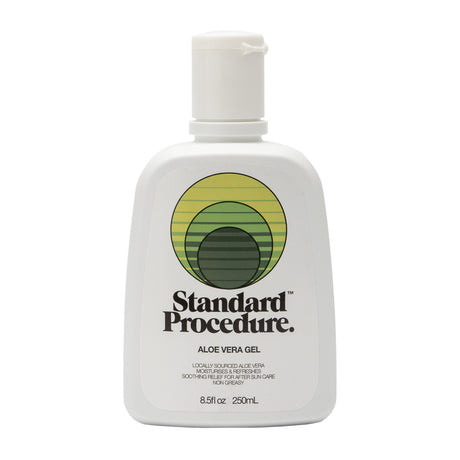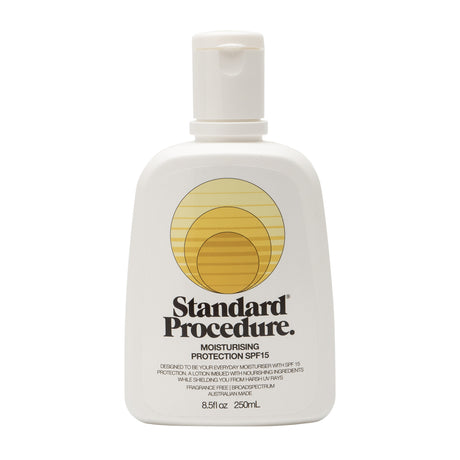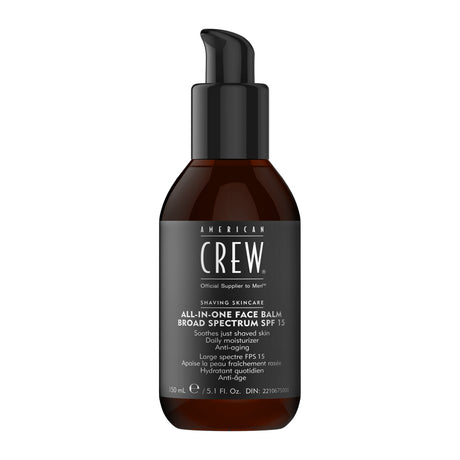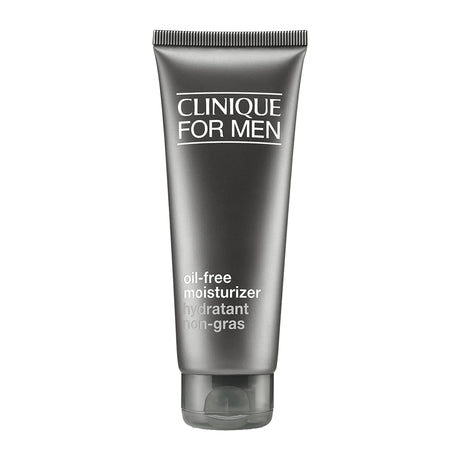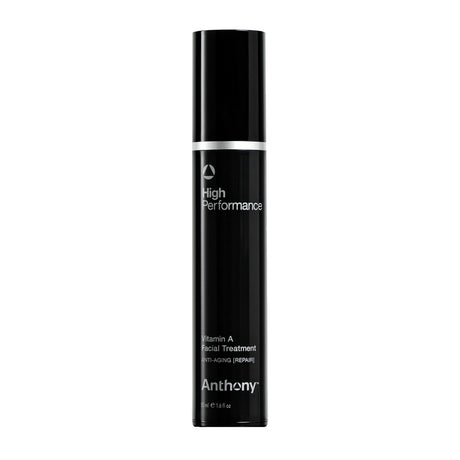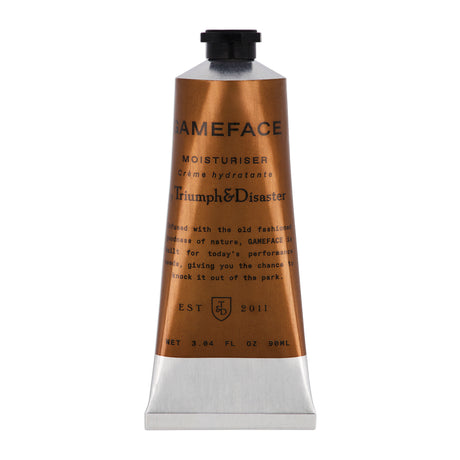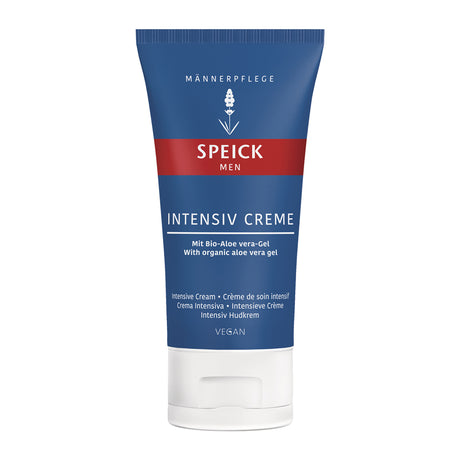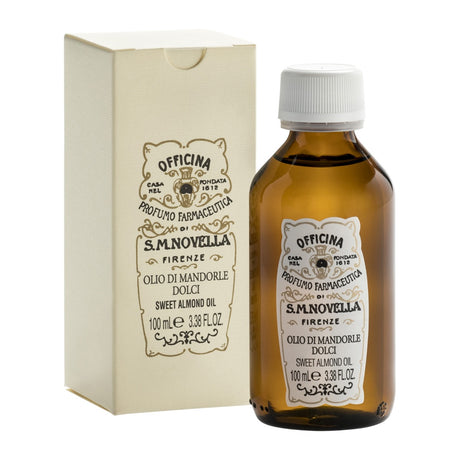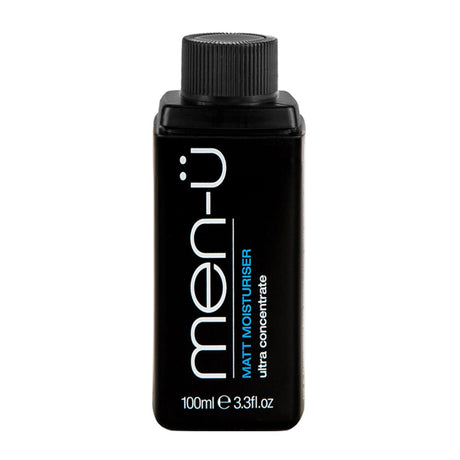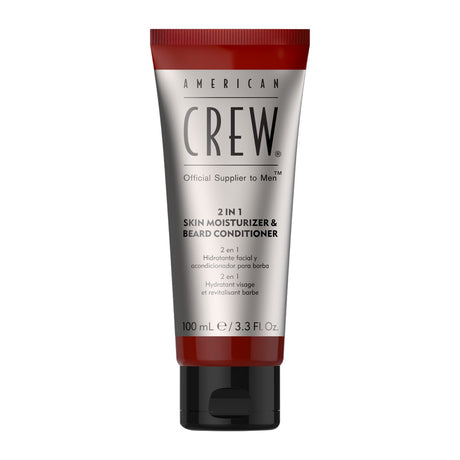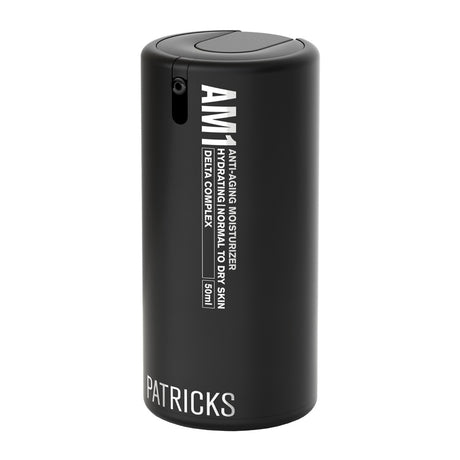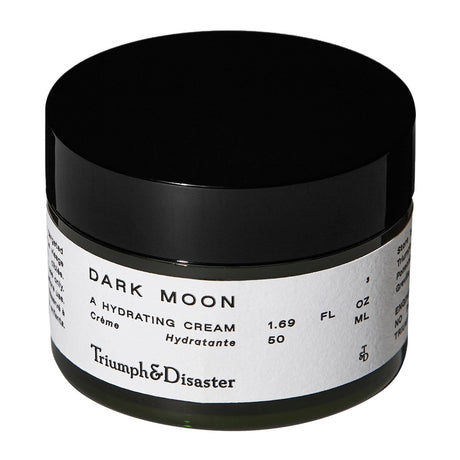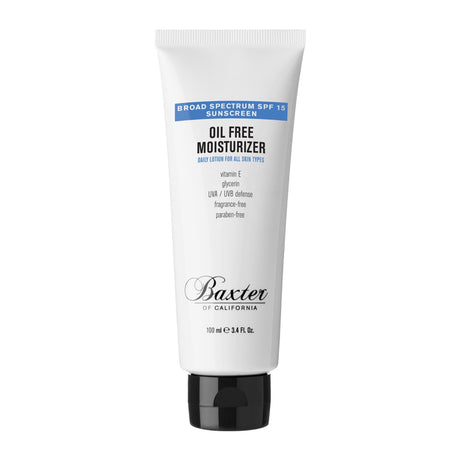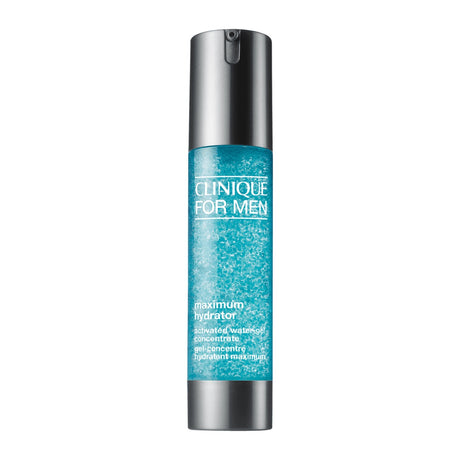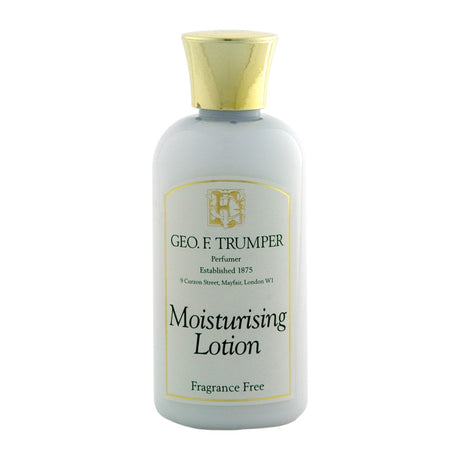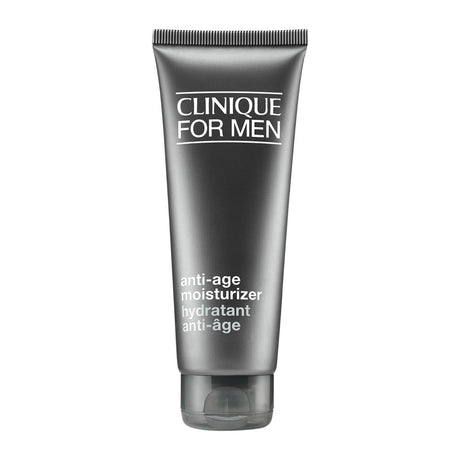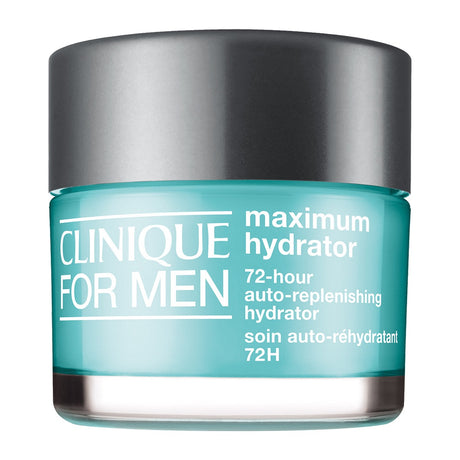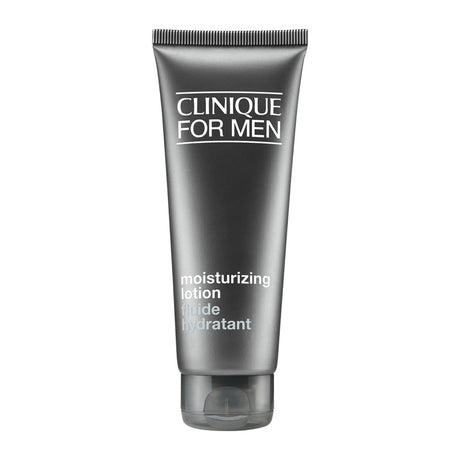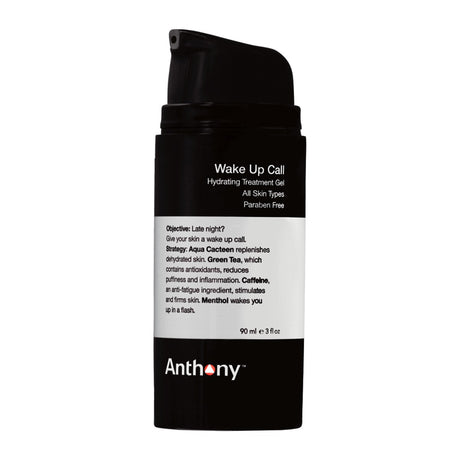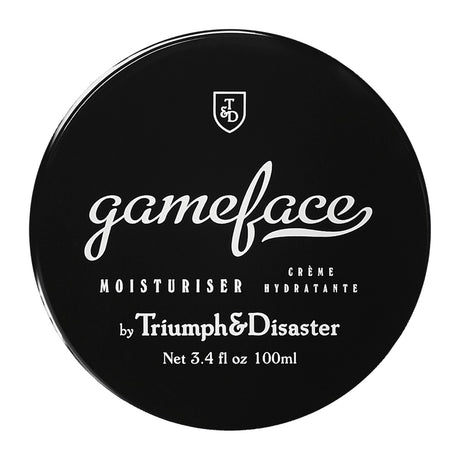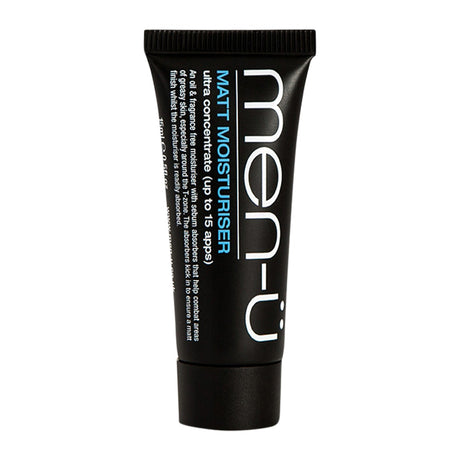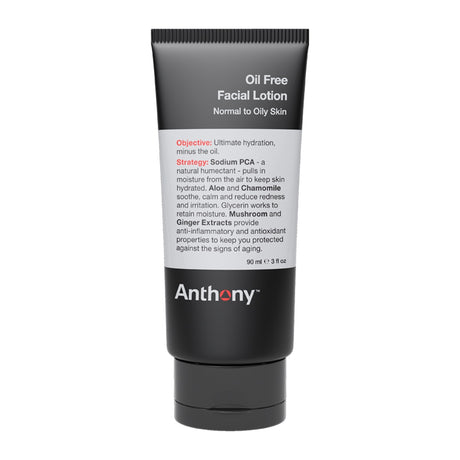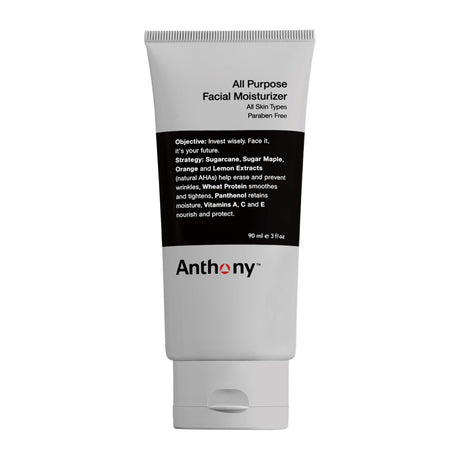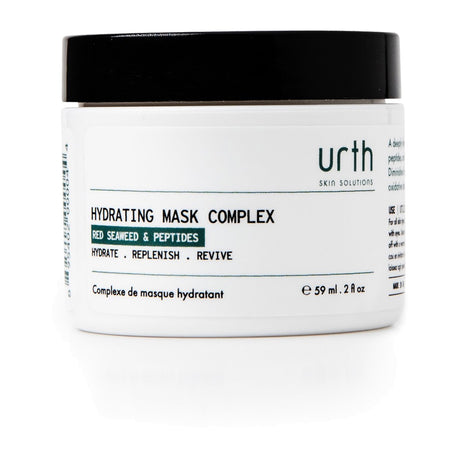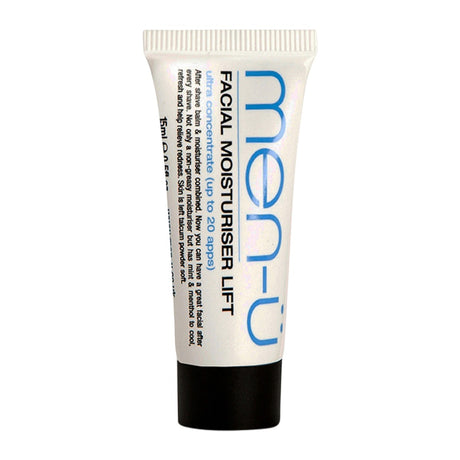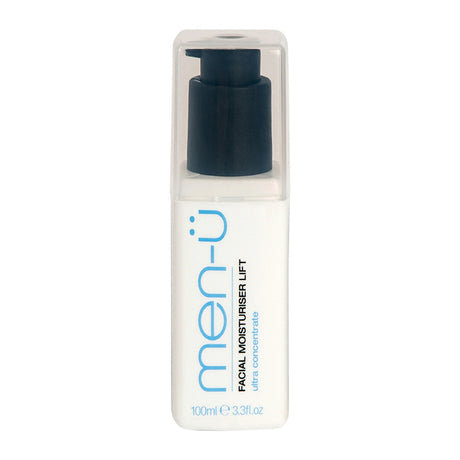Ursa Major Golden Hour Recovery Cream, 47ml
$8500Unit price /UnavailableLAB SERIES CLEAR LS Blemish Control Resurfacing Treatment, 30ml
$12200Unit price /UnavailableLAB SERIES CLEAR LS Resurfacing & Mattifying Lightweight Emulsion, 50ml
$8500Unit price /UnavailableJaxon Lane Relax & Repair Anti-Aging Moisturizer, 60ml
$5900Unit price /UnavailablePatricks SL1 Superleggera Moisturizer, 50ml
$10500Unit price /UnavailableStandard Procedure Aloe Vera, 250ml
$2695Unit price /UnavailableStandard Procedure Moisturising Protection SPF 15, 250ml
$2200Unit price /UnavailableLAB SERIES All-In-One Face Treatment, 100ml
$9700Unit price /UnavailableLAB SERIES Anti-Age Max LS Lotion Refill, 45ml
$9800Unit price /UnavailableAmerican Crew All-In-One Face Balm SPF 15, 170ml
$2995Unit price /UnavailableClinique for Men Oil-Free Moisturizer, 100ml
$6900Unit price /UnavailableAnthony High Performance Vitamin A Hydrating Facial Lotion, 50ml
$9900Unit price /UnavailableLAB SERIES Anti-Age Max LS Lotion, 45ml
$13000Unit price /UnavailableLAB SERIES Anti-Age Max LS Cream, 50ml
$15900Unit price /UnavailableLAB SERIES Daily Rescue Energizing Gel Cream, 50ml
$9500Unit price /UnavailableLAB SERIES Daily Rescue Energizing Face Lotion, 50ml
$9500Unit price /UnavailableLAB SERIES Oil Control Moisturizer, 50ml
$6200Unit price /UnavailableLAB SERIES Instant Fix Color Correcting Moisturizer, 50ml
$7500Unit price /UnavailableLAB SERIES All-In-One Face Treatment, 50ml
$6000Unit price /UnavailableTriumph & Disaster Gameface Moisturiser Tube, 90ml
$6900Unit price /UnavailableSpeick Men Intensive Cream, 50ml
$2995Unit price /UnavailableSanta Maria Novella Sweet Almond Oil, 100ml
$3700Unit price /Unavailablemen-u Ultra Concentrate Matt Moisturiser Refill, 100ml
$3295Unit price /UnavailableAmerican Crew 2-in-1 Skin Moisturizer & Beard Conditioner, 100ml
$2995Unit price /UnavailablePatricks AM1 Anti-Aging Moisturizer, 50ml
$14500Unit price /UnavailableTriumph & Disaster Dark Moon Hydrating Cream, 50ml
$8500Unit price /UnavailableBaxter of California Oil Free Moisturiser SPF 15, 100ml
$6000Unit price /UnavailableClinique for Men Maximum Hydrator Activated Water-Gel Concentrate, 48ml
$8000Unit price /UnavailableGeo. F. Trumper Moisturising Lotion, 100ml
$4495Unit price /UnavailableClinique for Men Anti-Age Moisturizer, 100ml
$9300Unit price /UnavailableClinique for Men Maximum Hydrator 72-Hour Auto-Replenishing Hydrator, 50ml
$6200Unit price /UnavailableClinique for Men Moisturising Lotion, 100ml
$6900Unit price /UnavailableAnthony Wake Up Call Hydrating Gel, 90ml
$8000Unit price /UnavailableTriumph & Disaster Gameface Moisturiser Jar, 100ml
$7500Unit price /Unavailablemen-u Matt Moisturiser Buddy, 15ml
$795Unit price /UnavailableAnthony Oil Free Facial Lotion, 90ml
$6800Unit price /UnavailableAnthony All Purpose Facial Moisturiser, 90ml
$6800Unit price /UnavailableUrth Hydrating Mask Complex, 59ml
$11200Unit price /Unavailablemen-u Facial Moisturiser Lift Buddy, 15ml
$795Unit price /Unavailablemen-u Ultra Concentrate Facial Moisturiser Lift, 100ml
$3495Unit price /Unavailable

